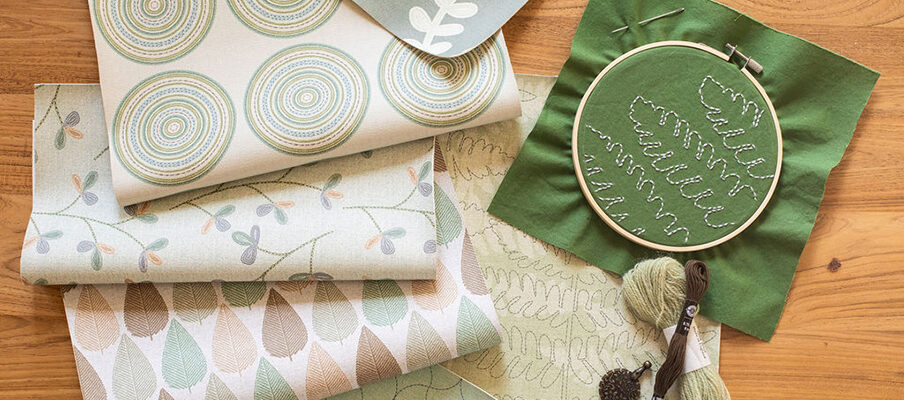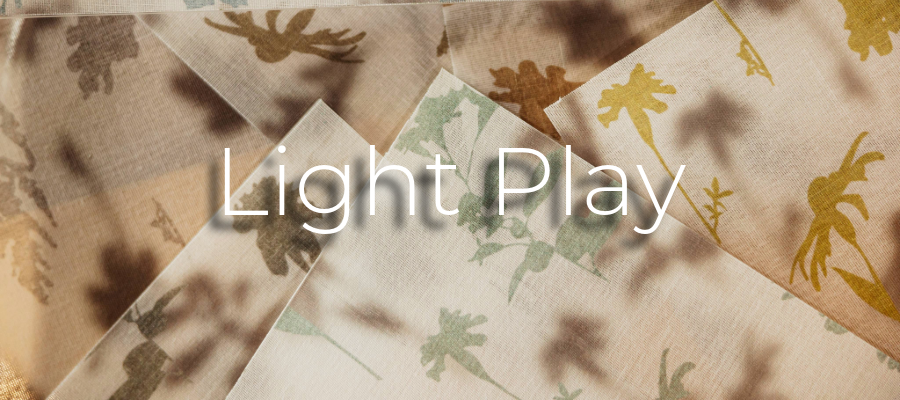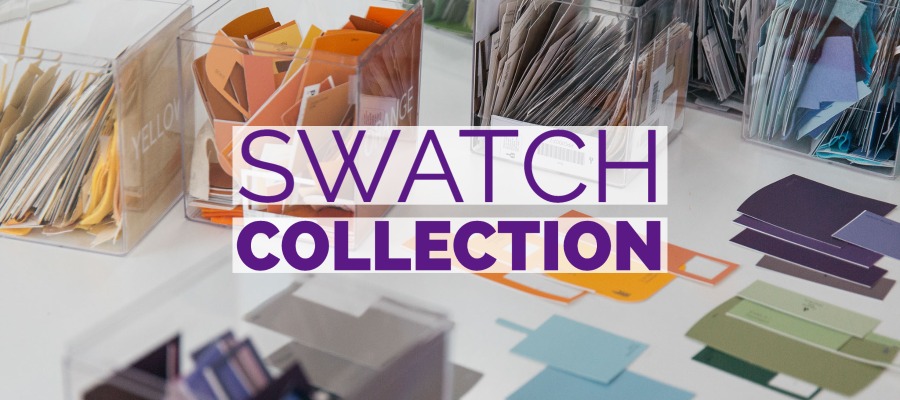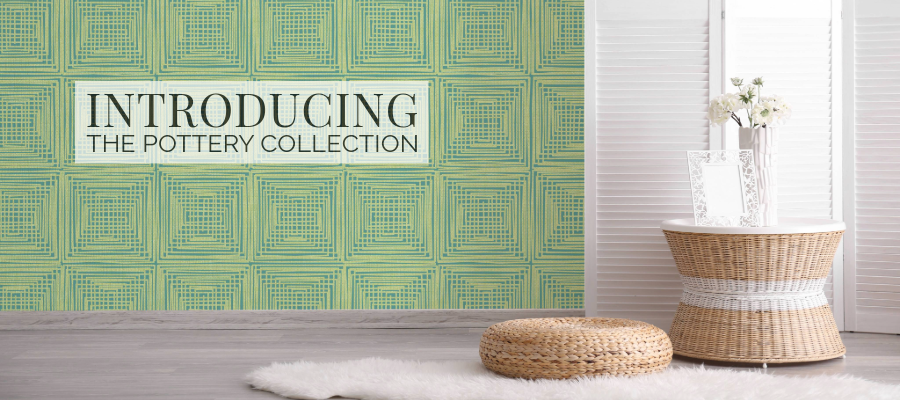
Capturing Tactile Sensibility in Digital Printing
In 1965, Anni Albers was already thinking about how humans were losing touch with materiality. In her essay Tactile Sensibility (found in her book On Weaving), she writes, “Our materials come to us already ground and chipped and crushed and powdered and mixed and sliced, so that only the finale in the long sequence of operations from matter to product is left to us: we merely toast the bread. No need to get our hands into the dough. No need – alas, also little chance – to handle materials, to test their consistency, their density, their lightness, their smoothness.”
Albers is quick to note (and is grateful) that these technological advancements save us time and work. Yet, she acknowledges that we lose something when we lose our sense of touch. She goes on to explain, “We touch things to assure ourselves of reality. We touch the objects of our love. We touch the things we form. Our tactile experiences are elemental. If we reduce their range, as we do when we reduce the necessity to form things ourselves, we grow lopsided.”
What would Anni Albers think now?
57 years later, what would Anni think of how we experience and learn about our world? More and more, we experience everything through a smooth, glowing screen. We learn the world visually and audibly through tablets, smartphones, and computers.
Yet, humans connect emotionally to how things feel. This is evident in the role textiles play in our material understanding of the world. Wedding dresses, baby blankets, and funeral shrouds, all play significant, even sacred roles in life milestones. Everyday textiles are no less memorable. A handmade quilt, a favorite scarf, the perfect dishtowel, a comfy upholstered chair. These are the textiles we interact with on regular days that make our everyday routines more pleasant.
Can we use digital printing to tap into our tactile sensibility?
At NeoCon 2022, we’ll be releasing our new collection, Invisible Threads. This collection is suitable for a wide range of uses but was designed with healthcare interiors in mind. Why healthcare? Because healthcare and senior living environments have stringent performance requirements for materials and many types are simply not options. Instead, interior designers only consider materials able to withstand rigorous cleaning routines. While material technology has advanced to endure such routines, aesthetics have been sacrificed along the way.
It got us thinking; if residents are not able to have physically tactile materials in their spaces, can we achieve something similar visually? We designed Invisible Threads around this question. The end result is a collection of patterns that look like actual stitching and embroidery. Yet, they are digitally printed on materials with high-performance ratings. We hope these visually stimulating patterns will bring people the sense of warmth and comfort they feel when they see handmade textiles.
Share this post
Author
DESIGN/COLOR TRENDS AND AWESOME INFORMATION IN YOUR INBOX
Sign up for our monthly trend letter







